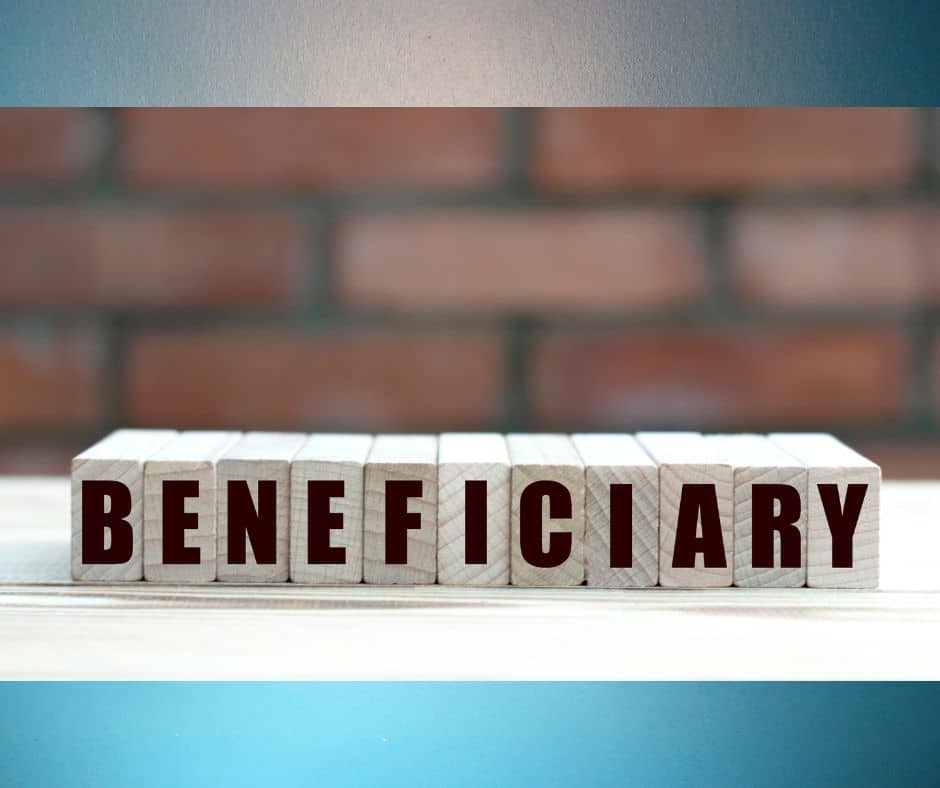Menu



If you have life insurance, a 401(k), or a bank account, you have almost certainly already completed beneficiary designations. If something happens to you those designations will control how the account or other asset is distributed upon your death even if you have an estate plan in place. For this reason, coordinating your beneficiary designations with your estate plan is just as important as signing your will.
Assets transfer at your death in four general ways:
If your trust or will distributes your assets in a different way than the beneficiary designation would, it is time to update your beneficiary designation to reflect your wishes. Contact Wagner Oehler, Ltd. if you would like help reviewing your beneficiary designations.
© 2025 Wagner Oehler, Ltd
Legal Disclaimer | Privacy Policy
Law Firm Website Design by The Modern Firm